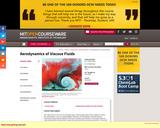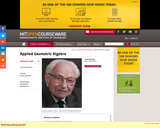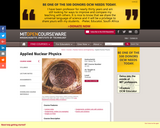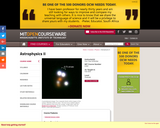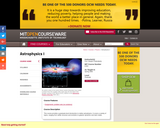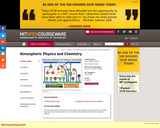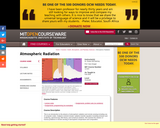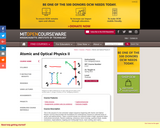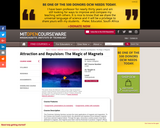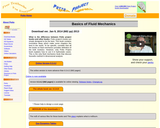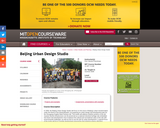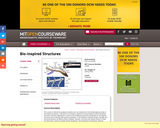
This three credit course offered at Macomb Community College discusses the practical application of hybrid electric vehicle (HEV) power management systems. Areas of study include computer controls of the internal combustion engine (ICE), battery types, HEV thermal management, motors, safety, and HEV/EV accessories. System types, service procedures, and diagnostic procedures are covered for Ford, General Motors, Honda, and Lexus/Toyota vehicles. Included educational materials for this course are homework, sample exams and quizzes, labs, lesson plans, pre-assessment, and syllabus. Solutions are not provided with any materials. If you're an instructor and would like complete exams, quizzes, or solutions, please contact theCAAT. This course is composed of six modules that can be used to supplement existing courses or taught together as a complete course. These modules are Intro to HEVs,Honda HEVs, Toyota HEVs,Ford HEVs, GM HEVs, and Fuel Cells
- Subject:
- Automotive Technology and Repair
- Career and Technical Education
- Education
- Physical Science
- Physics
- Material Type:
- Assessment
- Full Course
- Lecture Notes
- Lesson Plan
- Provider:
- Center for Automotive Technology - Macomb
- Provider Set:
- Center for Advanced Automotive Technology
- Author:
- Macomb Community College
- Date Added:
- 09/27/2012

